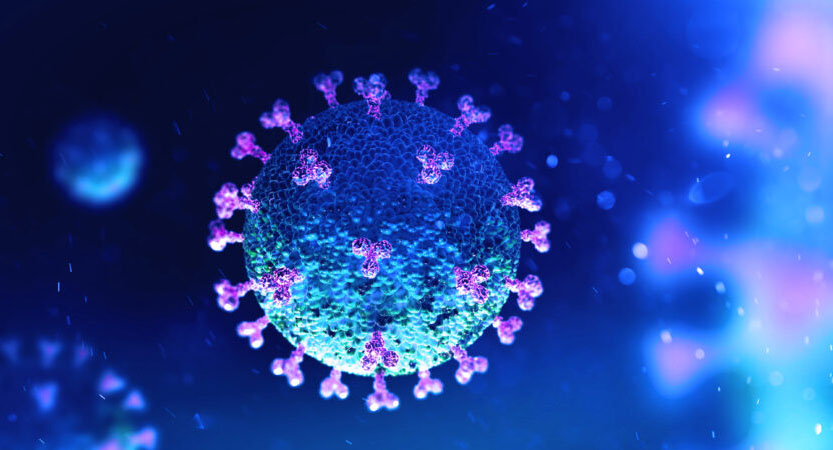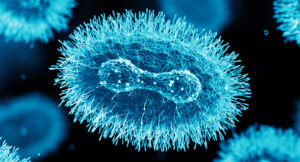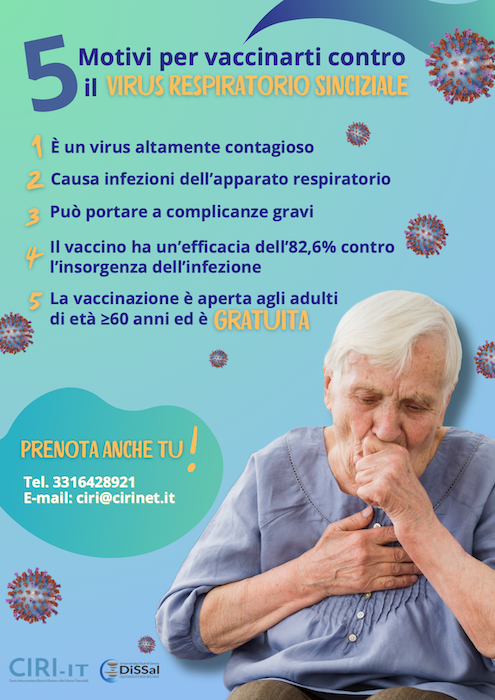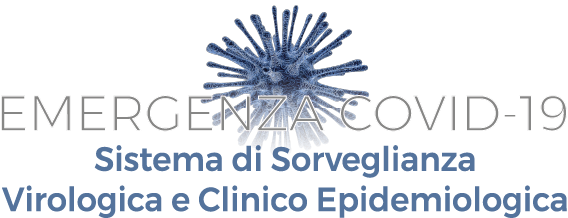The COVID-19 pandemic, caused by the coronavirus SARS-CoV-2, has represented one of the most significant public health challenges of the 21st century. First identified in Wuhan, China, in late 2019, the virus rapidly spread across the globe, leading to millions of cases and deaths. Italy was among the countries most severely affected and has been continuously engaged in efforts to understand and fight the infection.
SARS-CoV-2 belongs to the Coronaviridae family and is a single-stranded RNA virus. Its spike protein binds to the angiotensin-converting enzyme 2 (ACE2) receptor on the surface of human cells. This interaction facilitates viral entry, particularly into the cells of the respiratory tract, leading primarily to pulmonary infections.
COVID-19 symptoms can range from mild to severe and typically appear 2 to 14 days after exposure to the virus. Common symptoms include:
- Fever
- Dry cough
- Fatigue
- Muscle aches and headache
- Loss of taste and smell
- Difficulty breathing (in more severe cases)
Some individuals may develop serious complications, such as pneumonia and respiratory failure, which can necessitate hospitalization and, in some cases, result in death. It is also important to note that some individuals may be asymptomatic, but still able to transmit the virus to others.
In response to the pandemic, vaccine development and approval processes were significantly accelerated. In Italy, several vaccines have been authorized for use, including:
- Pfizer-BioNTech (Comirnaty): An mRNA-based vaccine shown to be highly effective in preventing severe forms of COVID-19.
- Moderna: Another mRNA vaccine with similar efficacy and mechanism of action to the Pfizer-BioNTech vaccine.
- AstraZeneca (Vaxzevria): A viral vector vaccine using a modified adenovirus to elicit an immune response against SARS-CoV-2.
- Janssen (Johnson & Johnson): A single-dose viral vector vaccine, also offering protection against COVID-19.
Prevention continues to be a critical component in limiting the spread of COVID-19. In addition to vaccination, several key public health measures remain essential:
- Mask-wearing: Masks reduce the airborne transmission of viral particles, protecting both the wearer and those around them.
- Hand hygiene: Frequent handwashing with soap and water or using alcohol-based hand sanitizers helps prevent viral transmission.
- Physical distancing: Maintaining a distance of at least one meter from individuals outside one’s household reduces the likelihood of infection.
- Ventilation: Ensuring that indoor spaces are well ventilated helps dilute airborne viral particles and decreases the risk of transmission.
On May 5, 2023, the World Health Organization (WHO) officially declared the end of the global health emergency for COVID-19. While the emergency phase has concluded, COVID-19 remains a disease that must be monitored and managed, much like other infectious diseases. Continued surveillance, vaccination, and public health strategies will be necessary to control its impact over time.






